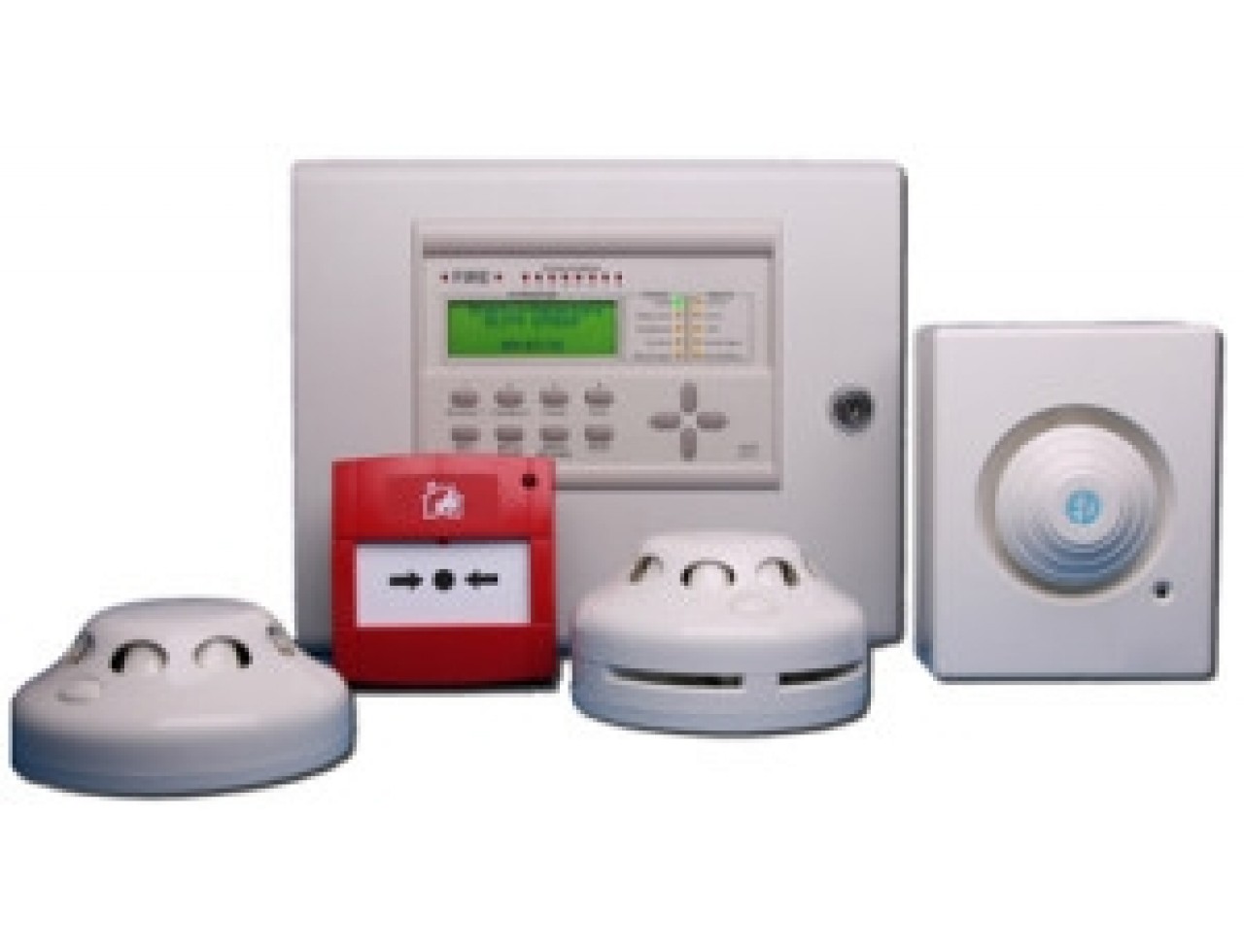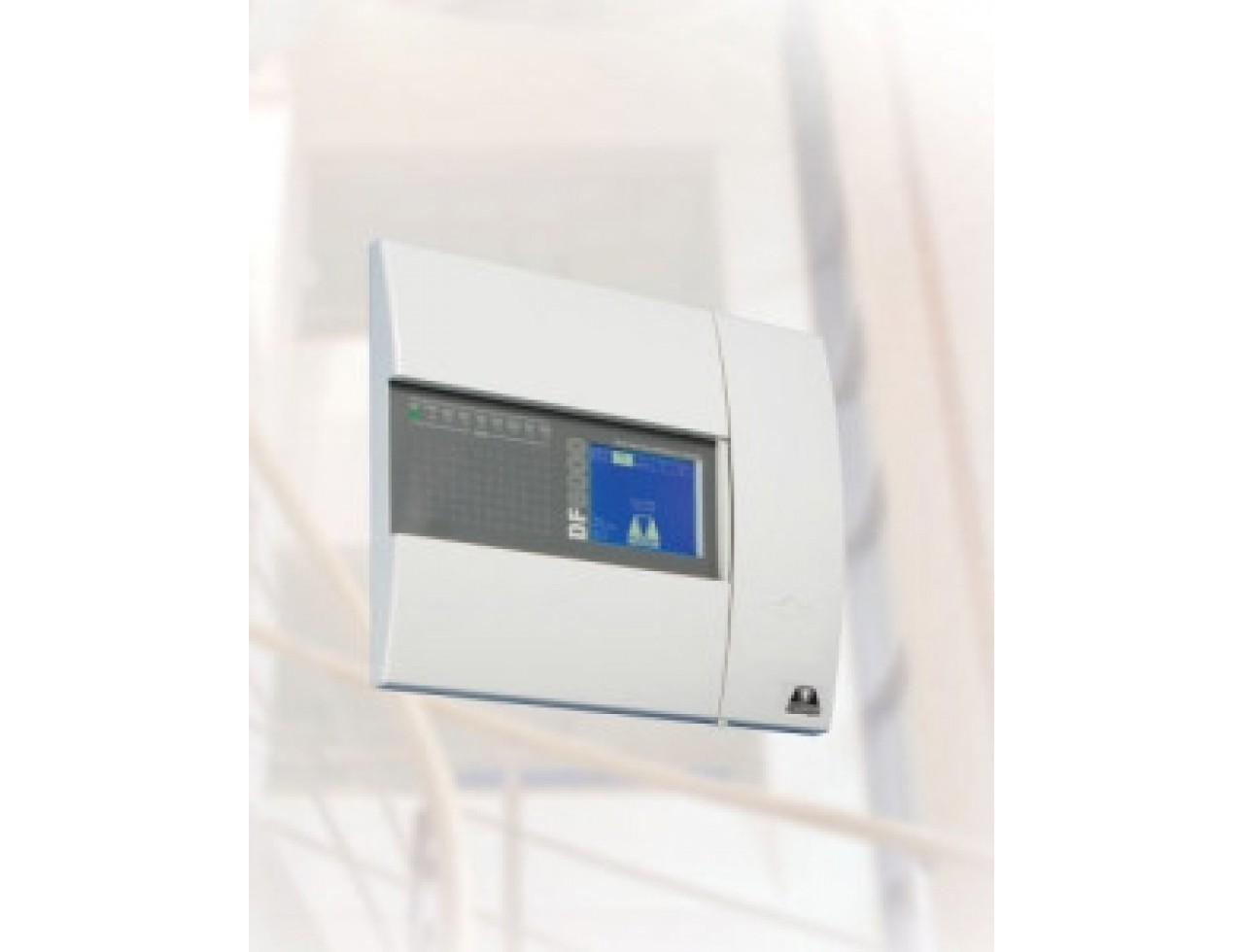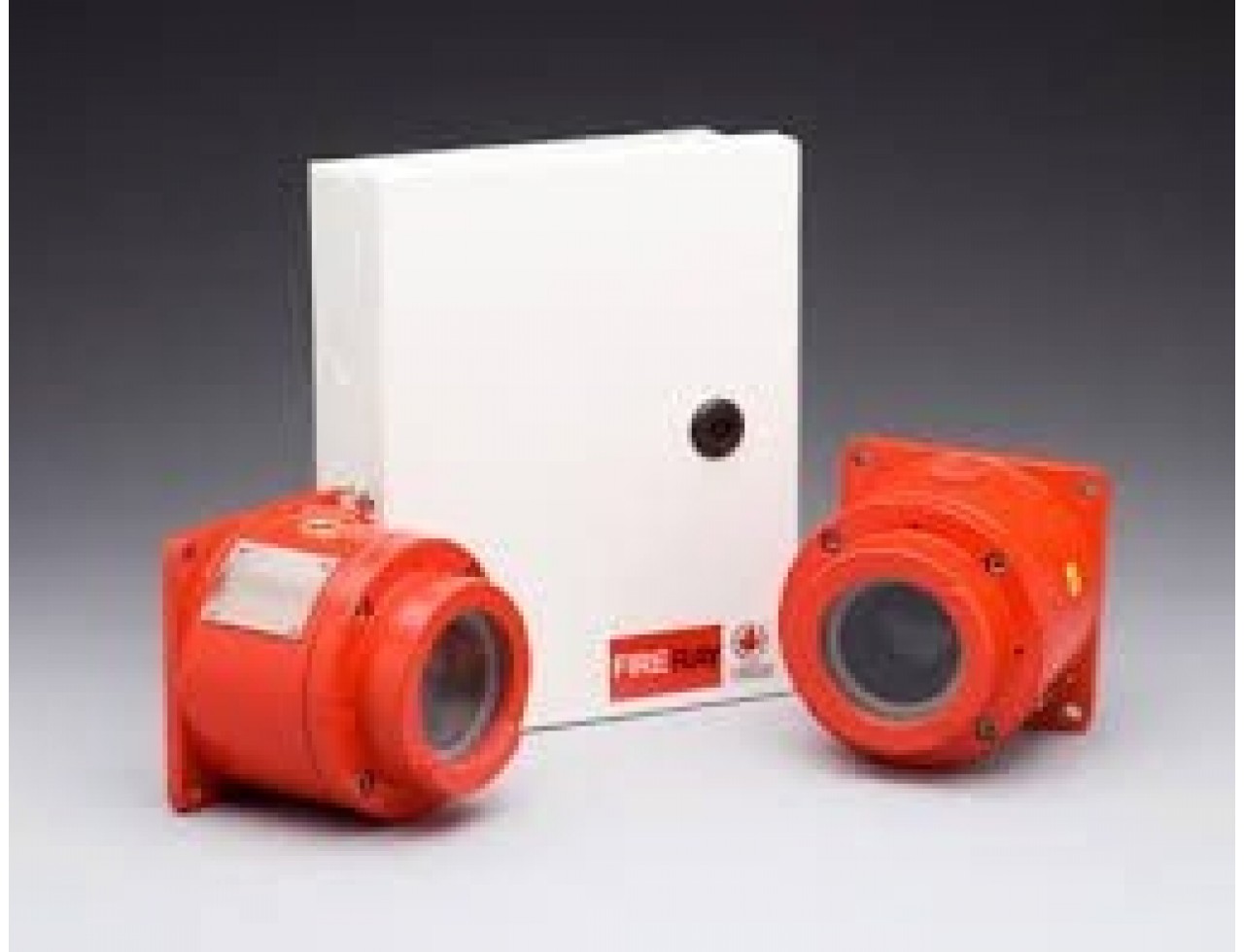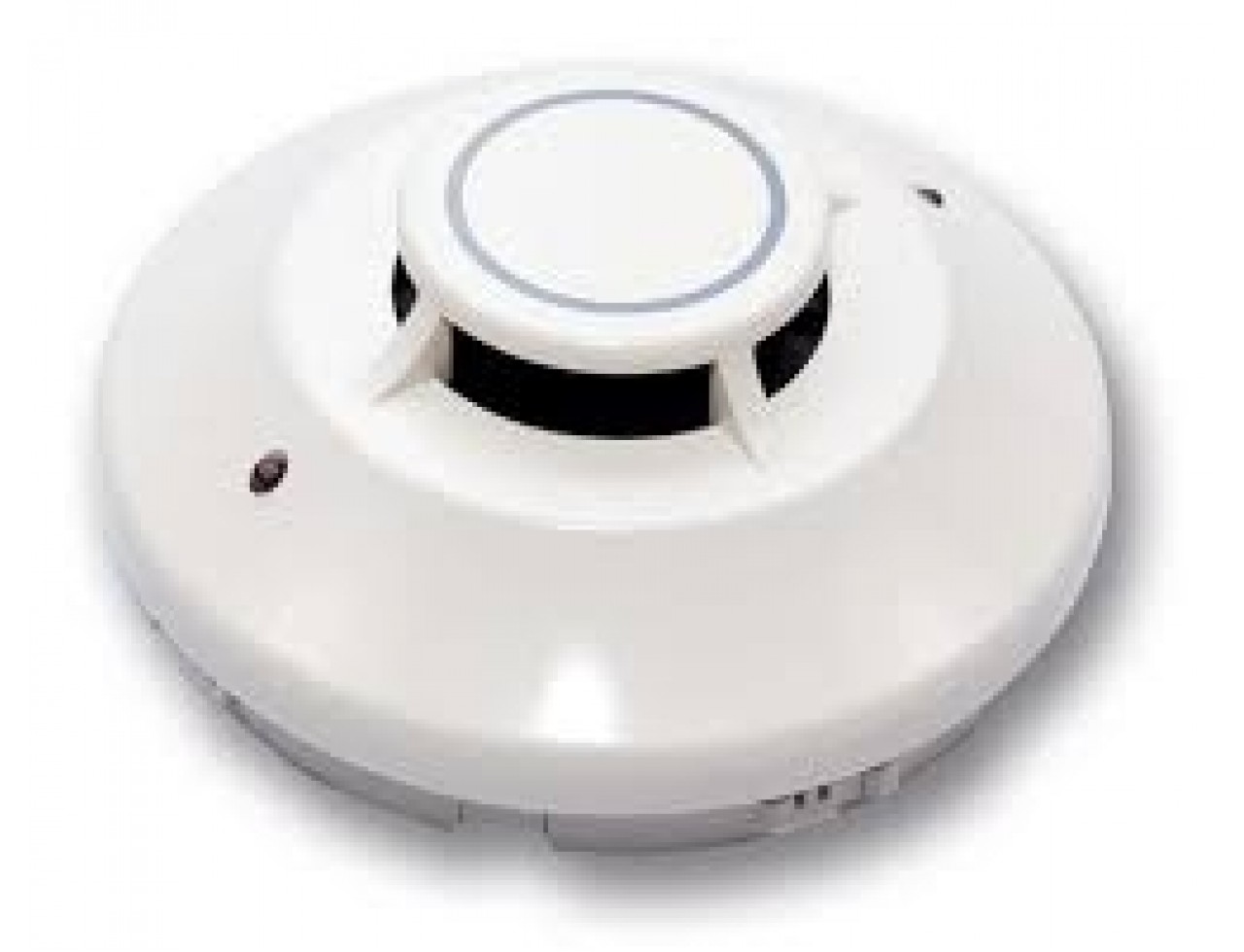Fire Alarms
€0
Category:
Security
Description:
Fire Alarms
Add to Favorites
Full Description
Protecting your property against fire is vital, and at Sentinel Security, we have a range of fire alarm systems that can help to give you peace of mind. We install and maintain all major brands of fire detection systems and we are committed to consistently providing world class service to our domestic, commercial and industrial clients.
We offer customised solutions for homes and businesses, based on our thorough understanding of your specific requirements. Our priority is to provide affordable home and fire safety equipment that is high on performance and delivered on time, and all of our fire safety detection and prevention tools are user friendly and can be used in different areas.
What sort of Fire Alarm do you need?
The type of fire alarm that will work best for you depends upon your unique set-up and special requirements. We will inspect your premises and discuss the options with you to find the right solution for you.
Conventional fire alarms:
We supply and install a range of conventional fire alarm systems, including the following:
Conventional Fire Alarm Control Panels. A conventional fire alarm control panel links to several lines of fire, heat and smoke detectors and manual call points, referred to as detection zones. Depending on the responses received from the detection zones, the control panel may activate a number of sounder or alarm systems. This is an effective solution for small buildings, as it can indicate the zone in which a problem has been detected and it usually supports up to 40 zones, each covering an area of up to 2000 sq metres. This system is run from mains power, with battery back up.
Smoke Detectors. We work with a range of smoke detectors, including optical smoke detectors, which may be triggered by a light beam that activates the alarm if blocked by smoke or by light scatter caused by the smoke. Ionisation smoke detectors are slightly more sensitive, triggering the alarm when smoke enters the ionisation chamber within the detector and neutralises the ionised air there. Another option is the Reflected Beam smoke detector, which is based on the principle of light obscuration and consists of a transceiver (transmitter/receiver) unit that projects, monitors and receives a beam of light reflected across the protected area. The type of detector that works best in your premises will depend upon the environment of your building and we can advise on this.
Heat Detectors. Rate-of-Rise (ROR) heat detectors operate by detecting a rapid rise in temperature, so that an alarm is activated when the temperature rises by 6.7° to 8.3°C per minute, irrespective of the starting temperature.
Fixed Heat Detectors. Fixed heat detectors activate an alarm when the heat sensitive eutectic alloy they contain reaches the eutectic point at which it changes state from a solid to a liquid. These devices are often used in boiler rooms, and the most common fixed temperature point for electrically connected heat detectors is 58°C.
Break Glass Units. A break glass unit allows for manual setting off of a fire alarm, should it be seen before it activates a smoke or heat detector.
We offer customised solutions for homes and businesses, based on our thorough understanding of your specific requirements. Our priority is to provide affordable home and fire safety equipment that is high on performance and delivered on time, and all of our fire safety detection and prevention tools are user friendly and can be used in different areas.
What sort of Fire Alarm do you need?
The type of fire alarm that will work best for you depends upon your unique set-up and special requirements. We will inspect your premises and discuss the options with you to find the right solution for you.
Conventional fire alarms:
We supply and install a range of conventional fire alarm systems, including the following:
Conventional Fire Alarm Control Panels. A conventional fire alarm control panel links to several lines of fire, heat and smoke detectors and manual call points, referred to as detection zones. Depending on the responses received from the detection zones, the control panel may activate a number of sounder or alarm systems. This is an effective solution for small buildings, as it can indicate the zone in which a problem has been detected and it usually supports up to 40 zones, each covering an area of up to 2000 sq metres. This system is run from mains power, with battery back up.
Smoke Detectors. We work with a range of smoke detectors, including optical smoke detectors, which may be triggered by a light beam that activates the alarm if blocked by smoke or by light scatter caused by the smoke. Ionisation smoke detectors are slightly more sensitive, triggering the alarm when smoke enters the ionisation chamber within the detector and neutralises the ionised air there. Another option is the Reflected Beam smoke detector, which is based on the principle of light obscuration and consists of a transceiver (transmitter/receiver) unit that projects, monitors and receives a beam of light reflected across the protected area. The type of detector that works best in your premises will depend upon the environment of your building and we can advise on this.
Heat Detectors. Rate-of-Rise (ROR) heat detectors operate by detecting a rapid rise in temperature, so that an alarm is activated when the temperature rises by 6.7° to 8.3°C per minute, irrespective of the starting temperature.
Fixed Heat Detectors. Fixed heat detectors activate an alarm when the heat sensitive eutectic alloy they contain reaches the eutectic point at which it changes state from a solid to a liquid. These devices are often used in boiler rooms, and the most common fixed temperature point for electrically connected heat detectors is 58°C.
Break Glass Units. A break glass unit allows for manual setting off of a fire alarm, should it be seen before it activates a smoke or heat detector.
| Services | Installation, Maintenance, Monitoring, On-perm Security, Other |





